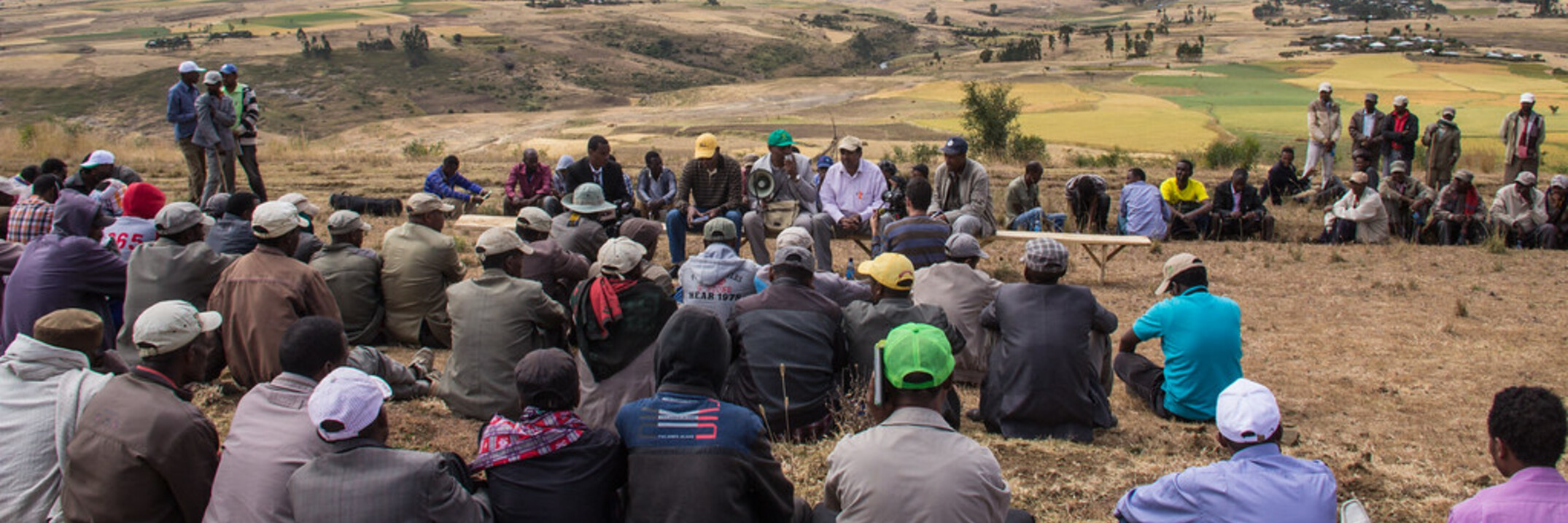The vegetation cover and the biomass production of the rangeland ecosystems are decreasing at an alarming rate. The valorization of saline water, by irrigating planted pastoral halophytes on salt‐affected soils, is considered among the valuable tools...


